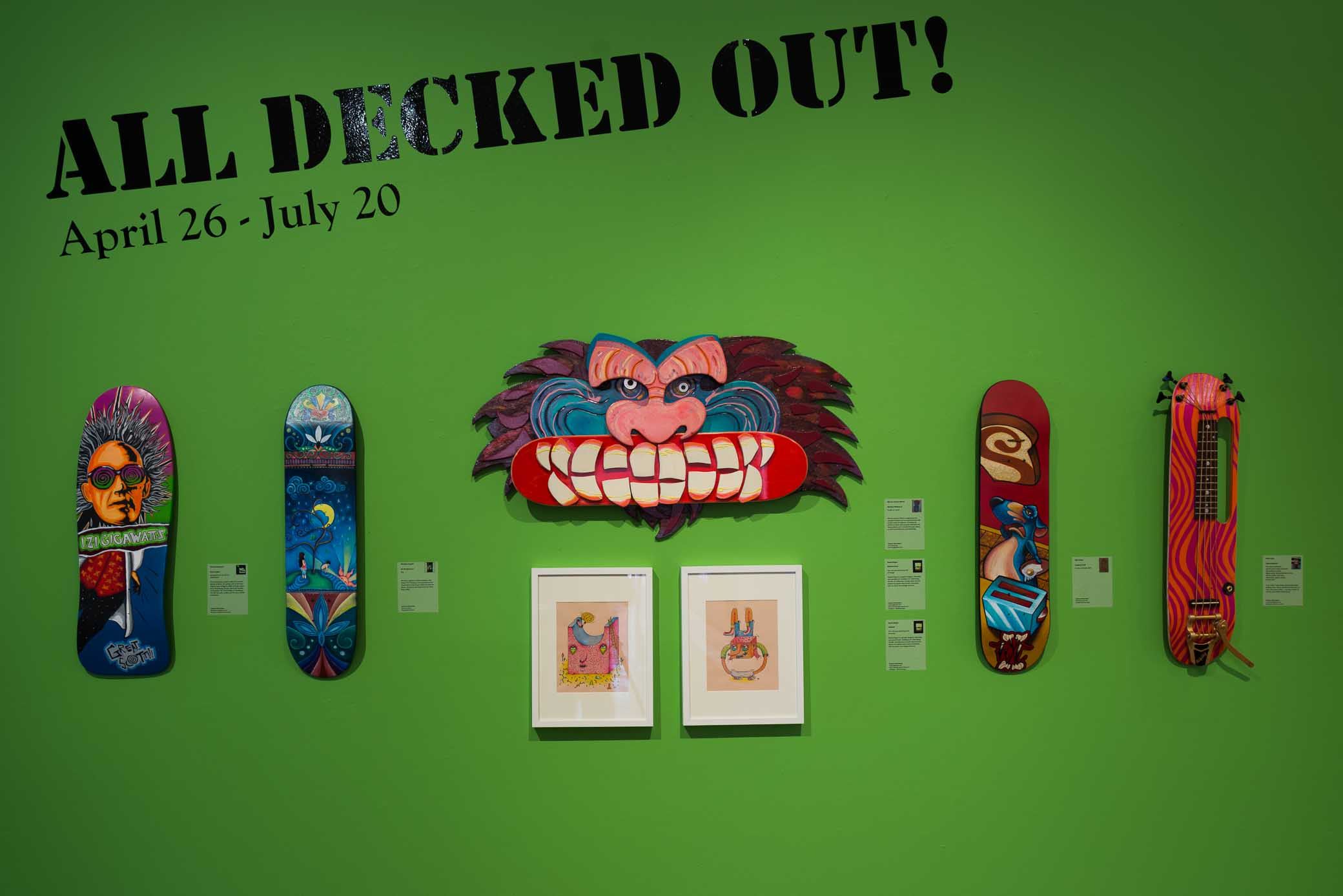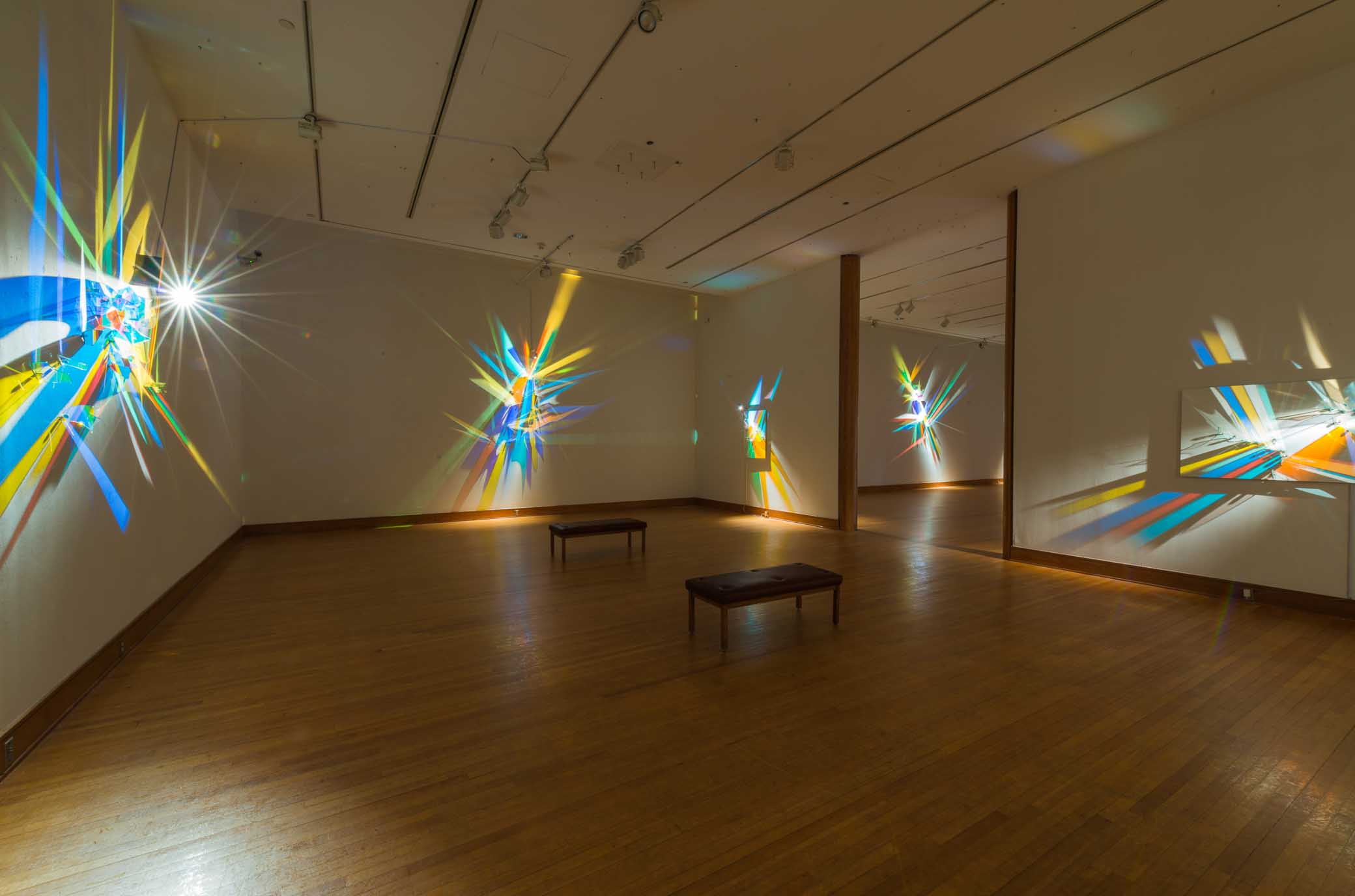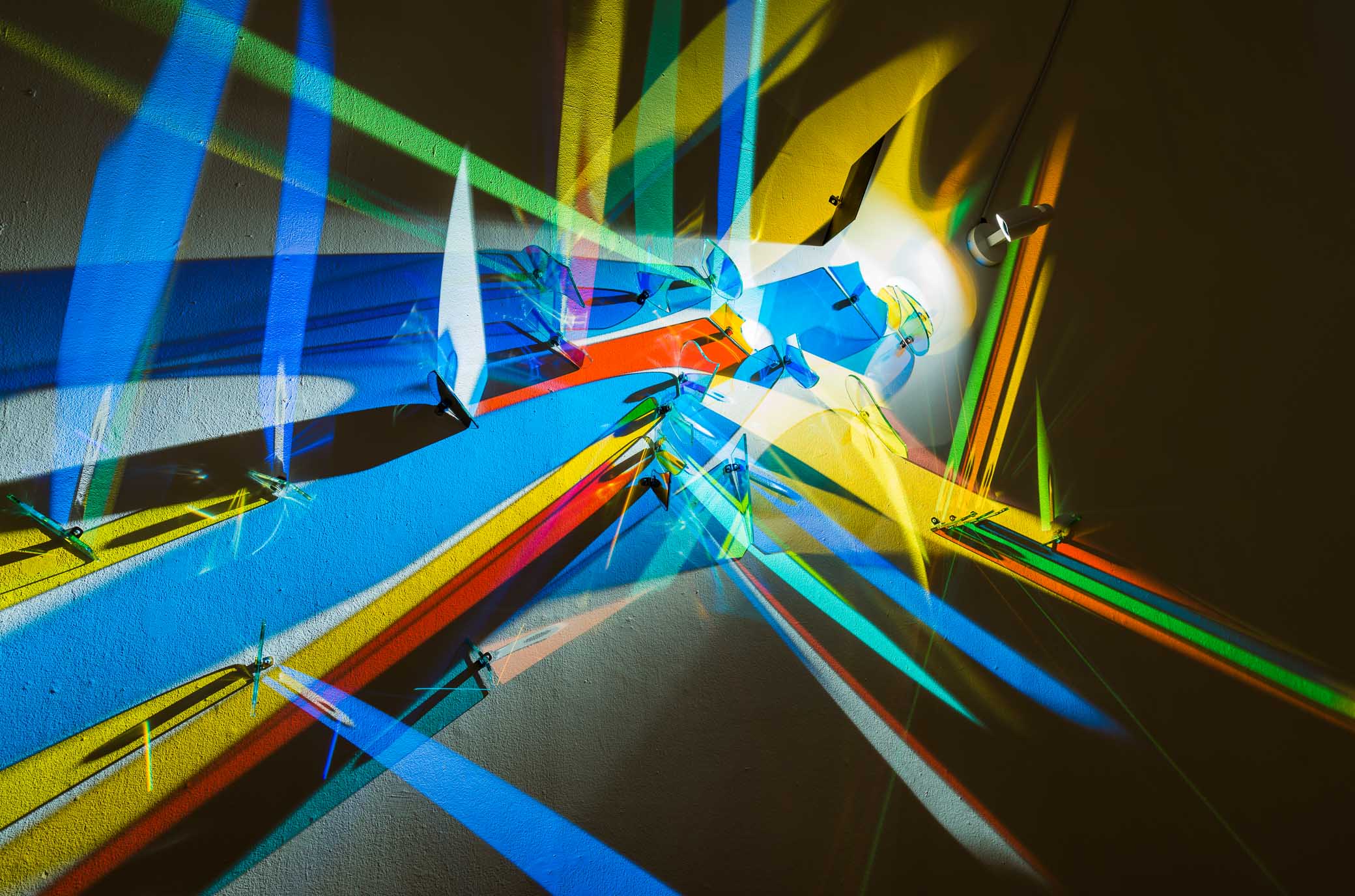Revival: Paintings by Gabrielle Wu Lee
/O Sole Mio! Vires, Artes, Mores - To My Sunshine State
December 13, 2014 – March 14, 2015
Dorothy Jenkins Gallery
The late Chinese-American artist Gabrielle Wu Lee described her paintings as works of “dynamic expressionism.” Her works beautifully meld Eastern traditions and modern Western aesthetics into emotionally charged renderings of the power of nature in transition. To Lee, seasonal change, dusk, dawn, and the rise and fall of the ocean’s tide were all visual signs of cyclical rebirth of our natural environment. The sheer size of her work also emphasizes a sense of sublime meditation. This exhibition will be organized in collaboration with Florida State University and Dr. Paul Lee.















